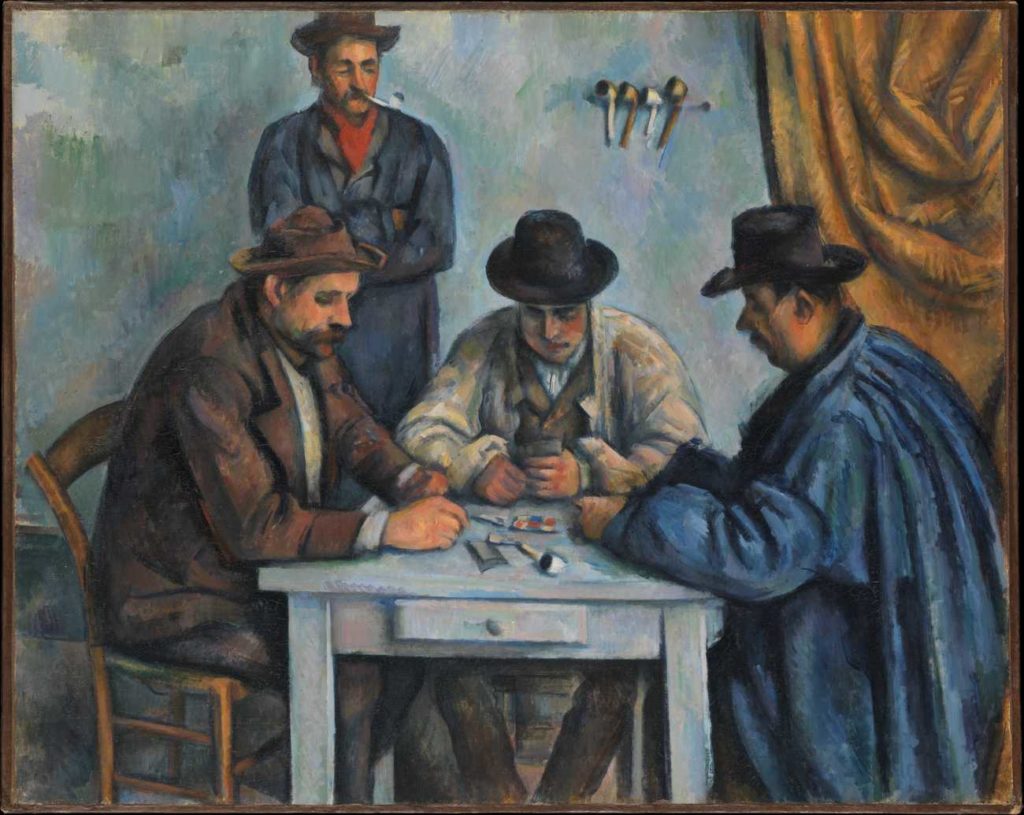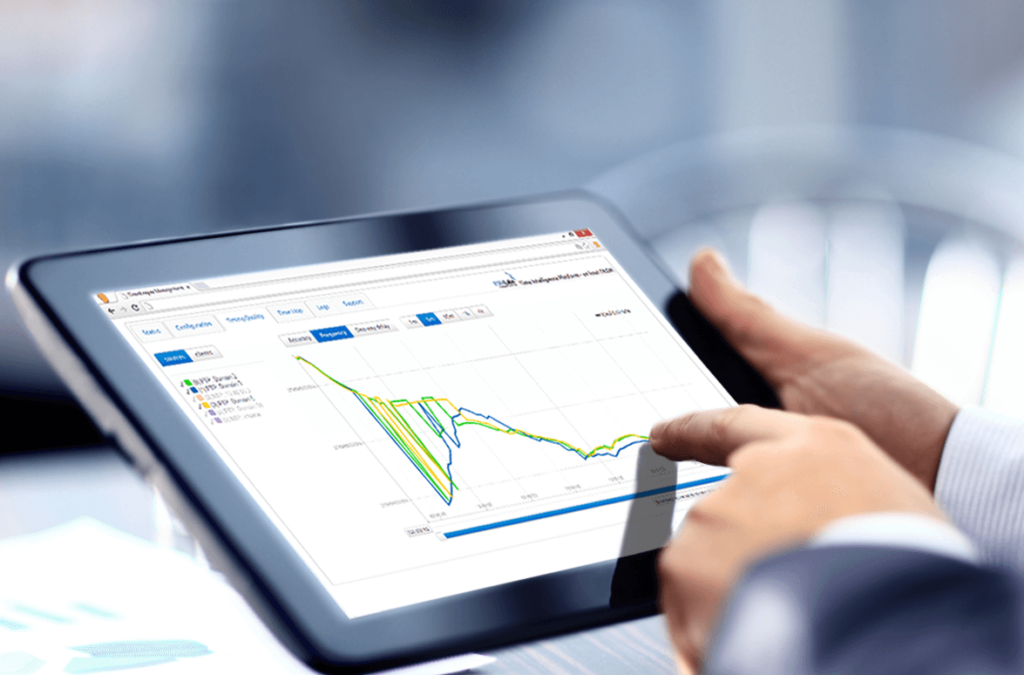Not only does MiFID II explicitly require working clock synchronization, many of the recordkeeping requirements cannot be met if time is not verifiably synchronized during the entire trading day. Here’s what you need to know.

The Card Players (Les Joueurs de cartes) by Paul Cézanne (Public Domain, Source)
The microsecond and millisecond clock accuracy requirements in the MiFID II standards will be easy for financial trading participants and venues to meet – sometimes. However, MiFID II appears to require clock synchronization work all the time and that timestamps be accurate all the time. And this is non-trivial, although it can be solved with off-the-shelf technology and good design.
Nearly a decade of experience in the financial industry has made FSMLabs painfully aware of clock synchronization infrastructures that were assumed to work but never did, or that wobbled in and out of much weaker compliance requirements, or that had failed without notice, or that had a single point of failure. This experience has helped us build out a comprehensive, instrumented, end-to-end solution that detects and compensates for errors and that provides detailed documentation of clock behavior and accuracy.
Reading the regulations experts on clock synchronization technology – but not on regulation – it’s clear that not only does MiFID II explicitly require working clock synchronization, but that many of the recordkeeping requirements cannot be met if clocks are not verifiably synchronized during the entire trading day.

At first look, the basic regulation for timestamps is simple: Trading venues and trading participants are required to timestamp a large number of events and records with clocks that are synchronized to UTC within 100 microseconds (each microsecond is one-millionth of a second), 1 millisecond, or 1 second depending on the type of trading involved.
- Operators of trading venues have to use timestamps accurate to 100 microseconds if their gateway-to-gateway speed is under 1 millisecond and can relax timestamp accuracy to 1 millisecond if gateway-to-gateway is longer than that.
- HFT market participants have to meet the 100-microsecond standard.
- Algorithmic, but not HFT, participants have to be at 1 millisecond.
- Human-powered trading needs a clock that is accurate to 1 second.
In practice, it’s much easier to drift off of even the weakest of these timestamp standards than one might think. A maintenance team on the rooftop putting a new air-conditioning unit on a GPS antenna or a failed network switch between an application server and a network clock can cause the clock on the server to drift fairly rapidly. That application server will then be placing incorrect timestamps on transactions – unless it is instrumented to call for help. A few years back, a major European trading venue had time jump more than 30 seconds because of a failure in a single, simple device.

The Last Rose of Summer by William Michael Harnett (Public Domain, Source)
“Competent authorities need to be able to reconstruct all events relating to an order throughout the lifetime of each order in an accurate time sequence. Competent authorities need to be able to reconstruct these events over multiple trading venues on a consolidated level to be able to conduct effective cross-venue monitoring on market abuse. It is therefore necessary to establish a common reference time and rules on maximum divergence from the common reference time to ensure that all operators of trading venues and their members or participants are recording the date and time based on the same time source and in accordance with consistent standards. It is also necessary to provide for accurate time stamping to allow competent authorities to distinguish between different reportable events which may otherwise appear to have taken place at the same time.”
In brief, MIFD II appears to transform accurate time synchronization from a “nice to have” to a “must have.” Managers concerned with the behavior of these systems might want to know:
- What is the accuracy of time at the point of use where timestamps are created? Excellent accuracy in the data center, for example, does not make up for errors in application servers running trading platforms.
- How clear is the management capability of the time synchronization system – how does IT staff know that it has set up things correctly?
- Does the time synchronization mechanism incorporate checks at the application server that can detect errors?
- How long can an error condition persist before it is detected?
- Is there some automatic fail-over process, and how long does it take to operate?
- Is there automatic notification of both software and human management systems?
- Can IT rely on documentation of proper operation?
- Is time recordkeeping compatible with the corporate data governance?
- Is the whole chain from time source (GPS clock or terrestrial feed) monitored and cross checked?
- Is there a management process in place to respond to problems along the time distribution chain?
TimeKeeper is designed to assist firms implement cost-effective and reliable solutions to clock sync that are simple to mantain and self-documenting. Contact [email protected] for more information.




